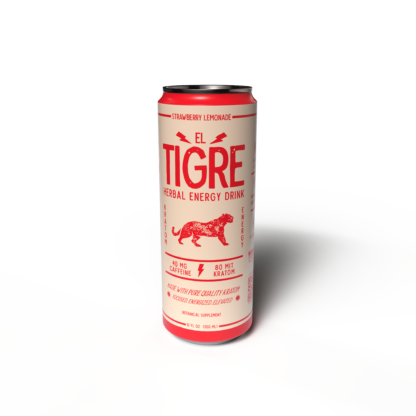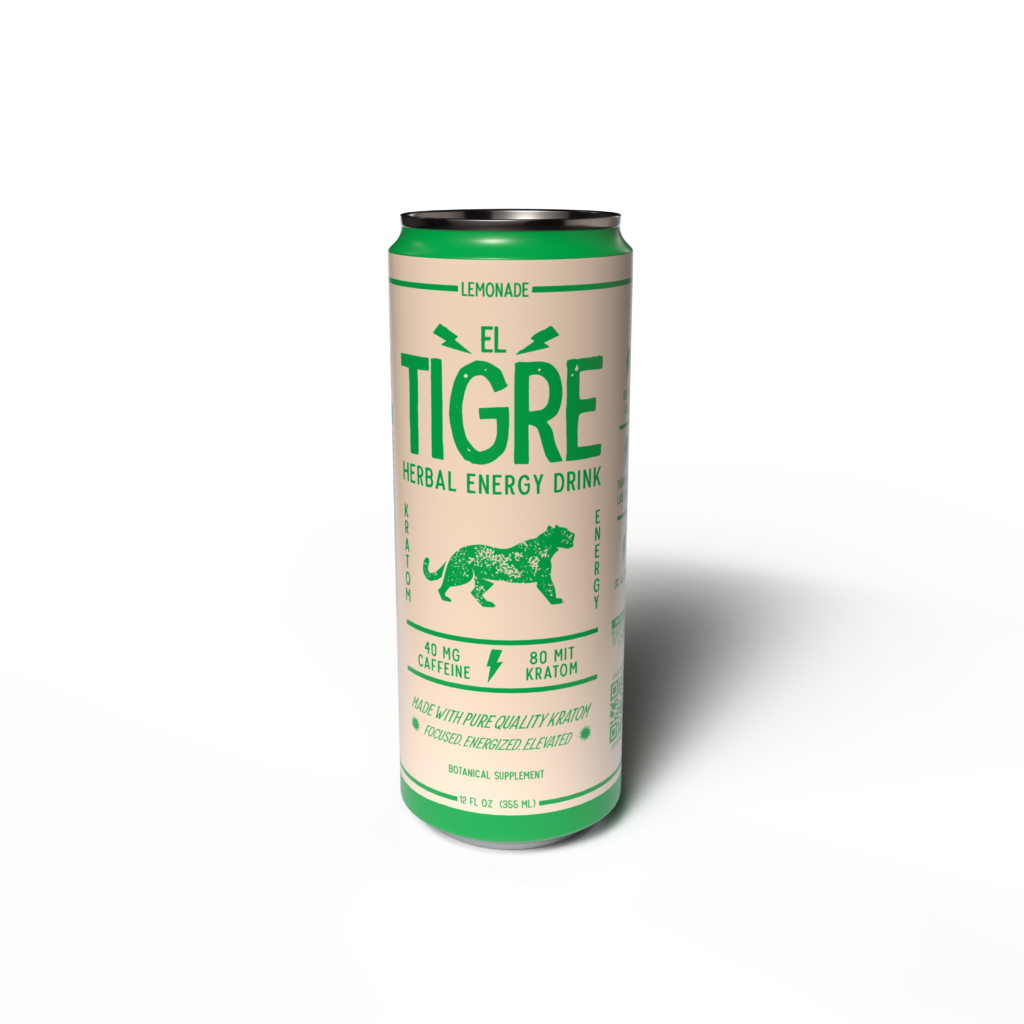Potential Benefits of Kratom for RLS
Restless Legs Syndrome (RLS) is a neurological disorder characterized by an overwhelming urge to move the legs, often accompanied by uncomfortable sensations. While traditional treatments exist, some individuals seek alternative options for symptom relief. Kratom, a tropical plant containing alkaloids with purported pain-relieving and mood-boosting properties, has gained attention as a potential remedy for RLS. This article explores the potential benefits of kratom, particularly in the context of energy drinks, for managing the uncomfortable symptoms associated with RLS.

Mechanism of Action
Restless Legs Syndrome (RLS) can significantly disrupt sleep and quality of life. Kratom, a plant containing mitragynine and 7-hydroxymitragynine alkaloids, has shown promise in addressing RLS symptoms due to its potential analgesic and mood-enhancing properties. The mechanism of action is thought to involve the activation of opioid receptors, leading to pain relief and dopamine release, which may alleviate the uncomfortable sensations associated with RLS.
- Pain Reduction: Mitragynine in kratom binds to opioid receptors, potentially reducing the painful sensations experienced by individuals with RLS.
- Dopamine Modulation: Kratom alkaloids may increase dopamine levels in the brain, which could help alleviate the urge to move the legs characteristic of RLS.
Preclinical Evidence
Restless Legs Syndrome (RLS) can significantly disrupt sleep and quality of life. Kratom, a plant containing mitragynine and 7-hydroxymitragynine alkaloids, has shown promise in addressing RLS symptoms due to its potential analgesic and mood-enhancing properties. The mechanism of action is thought to involve the activation of opioid receptors, leading to pain relief and dopamine release, which may alleviate the uncomfortable sensations associated with RLS.
- Potential Pain Relief: Preclinical studies suggest that kratom’s alkaloids, particularly mitragynine, can bind to opioid receptors in the brain, potentially reducing the experience of pain commonly associated with RLS.
- Possible Dopamine Modulation: Some research indicates that kratom may influence dopamine levels in the brain. As dopamine plays a role in motor control and reward pathways, modulating these levels could potentially alleviate the urge to move the legs characteristic of RLS.
Formulation and Delivery in Energy Drinks
The formulation and delivery of ingredients in energy drinks significantly impact their efficacy and consumer experience. When considering kratom as an ingredient for managing Restless Leg Syndrome (RLS), the specific alkaloids present, their concentration, and the type of delivery system employed are crucial factors. Understanding these aspects allows for the development of optimized formulations that effectively target RLS symptoms while ensuring safety and palatability.
Absorption and Bioavailability
Formulation and delivery play a critical role in determining the efficacy and bioavailability of active ingredients in any product, including energy drinks intended to manage Restless Legs Syndrome (RLS). When it comes to kratom, the type and amount of alkaloids present significantly influence its effects.
Mitragynine and 7-hydroxymitragynine are the primary alkaloids associated with kratom’s potential benefits for RLS, primarily due to their analgesic and mood-modifying properties. The concentration of these alkaloids in the energy drink formulation directly affects its potency.
The delivery system employed also impacts bioavailability. Energy drinks typically utilize a liquid format, allowing for relatively rapid absorption into the bloodstream. However, factors like the solubility of kratom alkaloids and the presence of other ingredients in the drink can influence their rate and extent of absorption.
Dosage Considerations
Formulation and delivery are crucial considerations when developing energy drinks intended to manage Restless Legs Syndrome (RLS). The specific alkaloids present in kratom, their concentrations, and the type of delivery system employed all influence the efficacy and potential benefits for individuals experiencing RLS symptoms.
- Alkaloid Profile: Mitragynine and 7-hydroxymitragynine are the primary alkaloids associated with kratom’s analgesic and mood-modifying properties, making them key components in energy drinks targeting RLS. The relative concentrations of these alkaloids will determine the overall potency and potential therapeutic effect.
- Dosage Considerations: Determining the optimal dosage of kratom alkaloids for RLS management requires careful consideration. Factors such as individual sensitivity, symptom severity, and potential interactions with other medications must be taken into account.
Considerations and Risks
When exploring the use of kratom energy drinks for managing Restless Legs Syndrome (RLS), it’s crucial to consider both the potential benefits and associated risks. While kratom shows promise in addressing RLS symptoms through its pain-relieving and mood-boosting properties, there are important factors to weigh before incorporating it into a treatment plan.
Potential Adverse Effects
Kratom can have adverse effects, including nausea, vomiting, constipation, dizziness, itching, and dry mouth. In some cases, higher doses or prolonged use may lead to more serious issues such as liver damage, addiction, and withdrawal symptoms. It’s essential to consult with a healthcare professional before using kratom, particularly if you have pre-existing medical conditions or are taking other medications.

The long-term effects of kratom consumption are not yet fully understood. Research on kratom is ongoing, and more studies are needed to determine the safety and efficacy of its use for managing RLS and other conditions.
The legality of kratom varies depending on the location. It is important to be aware of the legal status of kratom in your area before purchasing or using it.
Drug Interactions
Several considerations and risks should be carefully evaluated when exploring the use of kratom energy drinks for managing Restless Legs Syndrome (RLS). While kratom possesses potential benefits, its safety profile and long-term effects require thorough examination.
One crucial aspect is potential drug interactions. Kratom can interact with various medications, including those commonly used to treat RLS or other health conditions. It’s essential to consult with a healthcare professional to determine if kratom use is safe in conjunction with any existing medications.
Furthermore, the long-term effects of kratom consumption are not yet fully understood. More research is needed to determine the potential risks associated with prolonged kratom use, particularly regarding its impact on liver function and addiction potential.
It’s also important to note that the legal status of kratom varies depending on the location. Users should be aware of the legality of kratom in their area before purchasing or consuming it.
Regulation and Safety
Considerations and risks must be carefully weighed when exploring the potential use of kratom energy drinks for managing Restless Legs Syndrome (RLS). While kratom shows promise as a potential treatment option due to its pain-relieving and mood-boosting properties, several factors require thorough examination.
A significant concern is kratom’s potential for adverse effects. These can range from mild side effects like nausea, vomiting, constipation, dizziness, itching, and dry mouth to more serious issues such as liver damage, addiction, and withdrawal symptoms, especially with higher doses or prolonged use. Consulting a healthcare professional before using kratom is crucial, particularly for individuals with pre-existing medical conditions or those taking other medications.
The long-term effects of kratom consumption are not yet fully understood. More research is needed to determine the safety and efficacy of its use for managing RLS and other conditions over extended periods. Furthermore, kratom’s legality varies depending on the location. Users should be aware of the legal status of kratom in their area before purchasing or consuming it.
The regulatory landscape surrounding kratom is complex and evolving. Some countries and regions have banned or restricted its sale and use due to concerns about its potential risks. In other areas, kratom may be legal but not regulated, meaning that product quality and safety may vary significantly.
Given these considerations, it’s essential for individuals interested in using kratom energy drinks for RLS to approach this option with caution and prioritize safety. Thoroughly researching potential risks and benefits, consulting with a healthcare professional, and staying informed about local regulations are crucial steps in making an informed decision.
Future Research Directions
Future research should focus on conducting well-controlled clinical trials to definitively assess the efficacy and safety of kratom energy drinks for managing RLS. Studies investigating optimal dosages, long-term effects, and potential drug interactions are essential. Additionally, exploring alternative delivery methods and formulating stable and bioavailable kratom products could enhance the effectiveness and user experience.
Clinical Trials
Future research directions in the context of kratom energy drinks for managing Restless Legs Syndrome (RLS) should prioritize clinical trials to establish efficacy and safety. Well-designed, controlled studies are necessary to determine optimal dosages, understand long-term effects, and investigate potential interactions with other medications commonly used to treat RLS.
Investigating alternative delivery methods beyond traditional liquid formulations could enhance the bioavailability and user experience of kratom for RLS management.
Exploring innovative approaches such as transdermal patches or sustained-release formulations might offer advantages in terms of controlled dosage delivery, reduced side effects, and improved patient compliance.
Further research is also needed to understand the complex pharmacokinetics of kratom, including its absorption, metabolism, and elimination pathways. This knowledge will contribute to optimizing dosing regimens and minimizing potential adverse effects.
Long-Term Effects
Future research should focus on conducting well-controlled clinical trials to definitively assess the efficacy and safety of kratom energy drinks for managing RLS. Studies investigating optimal dosages, long-term effects, and potential drug interactions are essential. Additionally, exploring alternative delivery methods and formulating stable and bioavailable kratom products could enhance the effectiveness and user experience.
Future research directions in the context of kratom energy drinks for managing Restless Legs Syndrome (RLS) should prioritize clinical trials to establish efficacy and safety. Well-designed, controlled studies are necessary to determine optimal dosages, understand long-term effects, and investigate potential interactions with other medications commonly used to treat RLS.
Investigating alternative delivery methods beyond traditional liquid formulations could enhance the bioavailability and user experience of kratom for RLS management. Exploring innovative approaches such as transdermal patches or sustained-release formulations might offer advantages in terms of controlled dosage delivery, reduced side effects, and improved patient compliance.
Further research is also needed to understand the complex pharmacokinetics of kratom, including its absorption, metabolism, and elimination pathways. This knowledge will contribute to optimizing dosing regimens and minimizing potential adverse effects.
Optimizing Kratom Formulation for RLS
Future research should prioritize clinical trials to establish the efficacy and safety of kratom energy drinks for managing RLS. Well-designed, controlled studies are needed to determine optimal dosages, understand long-term effects, and investigate potential interactions with other medications commonly used to treat RLS.
Investigating alternative delivery methods beyond traditional liquid formulations could enhance the bioavailability and user experience of kratom for RLS management. Exploring innovative approaches such as transdermal patches or sustained-release formulations might offer advantages in terms of controlled dosage delivery, reduced side effects, and improved patient compliance.
Further research is also needed to understand the complex pharmacokinetics of kratom, including its absorption, metabolism, and elimination pathways. This knowledge will contribute to optimizing dosing regimens and minimizing potential adverse effects.
Buy top Kratom energy drinks
Plinr
Tell Another Mom
- Redensity 1 Skin Booster Treatments Near Petersham, Surrey - October 28, 2025
- Pre-Jowl Filler In Tadworth, Surrey - October 26, 2025
- Obagi Blue Peel Radiance Peel Near Claygate, Surrey - October 23, 2025

